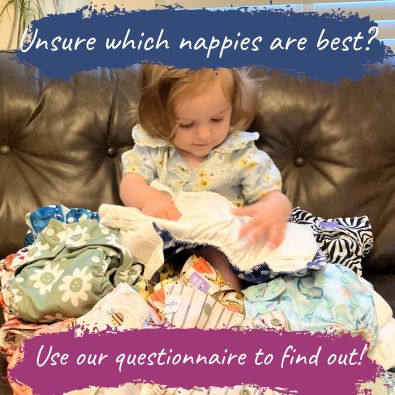Bio V Non-Bio Detergent
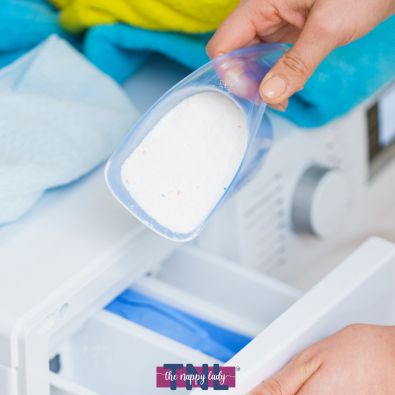
At The Nappy Lady™ we try to make using cloth nappies as simple as possible as it really shouldn’t be hard or technical. Most of our customers come to us completely new to cloth nappies so we keep our advice straight forward and no nonsense.
Our advice is clear:
Follow the manufacturers' guidelines.
Some will insist on Non-Biological powder detergent.
Others may provide a list of ingredients to avoid.
The Nappy Lady™ does not recommend the use of biological detergent (also known as bio) as standard, because at least one of the biological enzymes can cause damage to natural fabrics. In this article I will explain why with links to some of the research shared with us over the years. I will also cover why some people do recommend it but we believe it is a bad idea.
Biological Detergent and Product Guarantees
Using biological detergent is against some of our manufacturers' warranties. Tots Bots is an example of such a warranty. These nappy manufacturers know their nappy fabrics and know their fabric won't last as long with bio than with non-bio. Therefore, they advise not to use them.
At The Nappy Lady™ we need to keep our customers within their warranties, and we want their nappies to last as long as possible.
Outside The UK
Outside of the UK some countries don’t have the distinction between bio and non-bio as we do here. We sometimes get asked by our overseas customers what they should use as bio detergent is the main type they have access to. We have been told by many customers that outside of the UK non-bio is commonly called baby detergent, or baby washing powder, enzyme free or for sensitive skin.
NHS Guidelines
The NHS recently changed their guidelines in relation to the use of biological detergent and baby’s skin. The NHS website now states that there is no evidence that washing laundry with biological detergent with enzymes will irritate the skin any more than non-bio.[i] At The Nappy Lady we have always had this opinion of bio right back from when we started in 1999, long before the NHS guidelines were changed so we have no disagreement there. Our concern however remains with how biological detergent affects some cellulose (cotton and especially the more delicate bamboo) fabrics.
Nappy Science Gang – Evidence Overlooked
A few years ago there was a citizen science project about cloth nappies called 'The Nappy Science Gang'. It was the project that finally led to the change in the NHS guidelines about the use of bio for skin sensitivity. This project is often thrown back at us at The Nappy Lady™ as a reason why our washing guidelines are wrong with only recommending non-bio. However what people are missing is that the project largely tackled the misconception that bio detergent wasn’t safe for baby’s skin, and they overlook the evidence presented that bio shortens the lifespan of the fabric. In the project Ian Strudwick, fabric technologist and technical manager of Shirley Technologies was interviewed. Shirley Technologies specialise in independently testing textiles with standardised washing procedures. Ian Strudwick answered the following questions and very clearly states the damage biological can do:
“Most people, in my experience, have a range of cloth nappies made up of different fabric types which they wash together in their ‘nappy wash’. Do bamboo nappies, cotton nappies and microfibre nappies need to be treated differently or can they all go through the same type of washing cycle? I have read that some manufacturers suggest that biological detergent ‘eats’ the bamboo fibres which results in balding of the nappies."
Ian: Practically, I’m sure that all nappies go through the same cycle, just to make it easier for the householder. The ‘lab’ answer would be that all nappy types should probably be treated differently because of their different composition. For example, a microfibre nappy won’t be affected by enzymes, optical brighteners, acids etc, whereas a cotton nappy will. The cotton nappies will not so much immediately fall apart but over time the degradation will become obvious.” [ii]
The Nappy Science Gang blog 'Nappy Leaks' also briefly covered the damage bio can do, following information from a collection of experts and amateurs.
“Do biological enzymes degrade my nappies?"
The answer is yes, though only a little over the lifetime of using and washing the nappies. Washing is the biggest wear factor on any nappy. All cleaning wears clothes. To get your clothes clean your washing machine creates agitation by tumbling the load to rub your clothes together, replacing the action of scrubbing on a washboard or bashing against stones in a stream. Over time this causes wear. The chemical actions of the various cleaning ingredients in your washing powder also cause wear and enzymes are only one of many such ingredients. So, cleaning degrades your nappies and the effect of enzymes is only a small part of that effect.”
“But what about cellulase? I’ve heard it eats nappies alive!"
Cellulase breaks down tiny protruding fibres of cellulose, an organic compound which is a major component of natural fibres like cotton, ‘bamboo’ (viscose from bamboo), and hemp. Why on earth would you want your detergent to digest the very stuff your nappies are made of? When they are washed, those natural fibres get damaged and develop microscopic bristly patches which trap particles of dirt. Cellulase can snip off the tiny bristles. By snipping them off you both clean that dirt away and smooth the bristly patch so the dirt can’t easily attach there again” [iii]
Nappies should be washed every 1-2 days. This wash frequency is far more frequent than most household clothing (excluding underwear.) The higher wash frequency means nappies have increased exposure to detergents, so the level of damage/wear bio detergent can do will be quicker than for your average t-shirt.
I read an interesting piece from the head of marketing at Miele. Miele washing machines are the very best washing machines I have ever come across and I bought one specifically for cleaning nappy hire kits. While this piece relates to the question of silks and woollens, the damage described by the biological detergent on these fabrics is replicating what we have seen.
“Biological detergents contain certain enzymes that are there to remove proteins from a garment. This is how they are effective at cleaning things such as egg from clothing. However, silk and wool are also made up of proteins. Biological detergent cannot differentiate between a bit of egg stain and a bit of silk so the enzymes will eat away at it. This results in very small, randomly placed, holes on a garment. They won’t appear after the first wash but tend to appear after several washes once the enzyme has gradually eaten the fabric away. This is a common complaint, as in the UK, despite there being dozens of detergents available, most households tend to use just one type…. usually a biological.”[iv]
Types of Fibres
The fabrics at risk of bio detergent degrading them are those made of cellulose or protein.
So, what are cellulose fibres? Cellulose is the primary structural component of plants, so we call plant material fibres 'cellulose fibres'. Examples are cotton, bamboo, rayon, linen or hemp. Apart from linen these are all common nappy fabrics. Protein fibres include any materials that come from animals. Examples are wool, silk, cashmere so don’t be washing those wool wraps or silk liners in bio detergent either.
Synthetic fibres are completely different and made from polymers. Synthetic fibres begin as chemicals, often derived from products like petroleum. Synthetic fibres are not affected by biological detergent. However, is it common to have a mix of nappies in synthetic for the day and natural (cellulose) fabrics for night and they would be washed together which is why we don’t break down our instructions into dividing your nappy supply into two so you can wash with bio and non-bio. Remember at the start of this article that I said The Nappy Lady tries to keep nappy washing simple for new users, why would I want to make it more complicated than it needs to be!
Stains and Bio
Having now explained why biological detergent is not recommended by The Nappy Lady for cottons/bamboos, I feel I do have to acknowledge that biological detergent is better at tackling stains than non-bio. Referring to Ian Struckwick’s interview he states: “In terms of detergent, bio detergents give better stain removal because of the way they react with the stain by ‘eating it away’.” This is a reason some parents chose to go against our advice and use bio detergent. While baby is young especially if breast fed, stains are inevitable as baby’s poo is bright yellow, however if stains really bother you the natural power of the sun will very effectively bleach the stain away without compromising the fabric structure. You could even use a fleece liner to really minimise stains in the first place. Please see our stain article for more information on natural stain removal. The question I ask you if you’re thinking about using bio detergent for stain removal: “Is having a bright white nappy worth risking your most likely expensive nappy investment.”
How to use Biological Detergent Safely and Minimise Damage
If you have to use biological detergent as it's all you can find your country or area or for any other reason then do the following!
- Check your nappy warranty: if the manufacturer specifically advises AGAINST biological detergent then you will need to accept you will invalidate your warranty and you're using bio at your own risk.
- Check the ingredients VERY carefully. Choose a biological detergent WITHOUT CELLULASE as at this time cellulase is the enzyme identified as the main problem. This is easier said than done as many just list 'enzymes' on the box rather than each specified enzyme. However some of the bigger brand names do list on the full ingredients and actual enzymes used on the box or online.
We don't supply a list of cellulase-free biological detergents for the simple reason that manufacturers change their formulas from time to time.
The Nappy Lady’s Experience
The Nappy Lady has been advising and selling nappies since 1999.
The Nappy Lady was the first UK cloth nappy company online.
The Nappy Lady is one of the leading independent UK retailers of cloth nappies.
The Nappy Lady helped over 21,000 families to use cloth nappies in 2018.
The Nappy Lady’s expertise has been requested for newspaper, TV and radio programmes.
The Nappy Lady has personal direct contact with all the leading cloth nappy founders and manufacturers around the world. If your problem has stumped us, we’ve got direct access to years of collective expert nappy experience.
Parents go on the many parenting forums seeking advice, and cloth nappies are no different! As a cloth nappy user, you may well hit a washing stumbling block along the way: teething, illness, sensitive skin can all throw things at parents which can make us question our choices and nappy washing routines. If you’re given advice online to solve your problem by a no doubt well-meaning individual who recommends you use biological detergent, bleach, harsh stain removers, boil washing, fabric softener, dishwasher tablets (yes, we’ve seen them all). While their nappies might not be damaged from such things (well not so far anyway), ask them about their level of experience, where their research is from, what guarantees they give you if your nappies are damaged by following their suggestions. Nappy manufacturers and retailers will have indemnity insurance to give advice and sell products; online groups and individuals do not as far as I’m aware carry such liability insurance.
At The Nappy Lady™ we do see the consequences of following some radical washing routines. Parents left with damaged nappies and no recompense. Below are some photos of the damage we have seen.
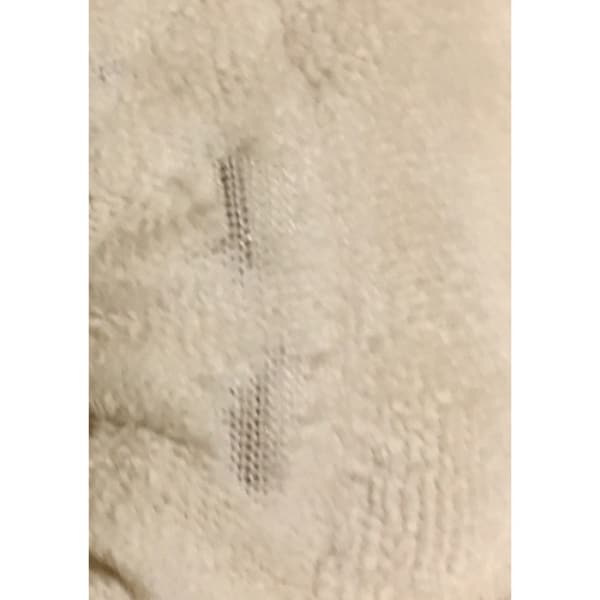 | 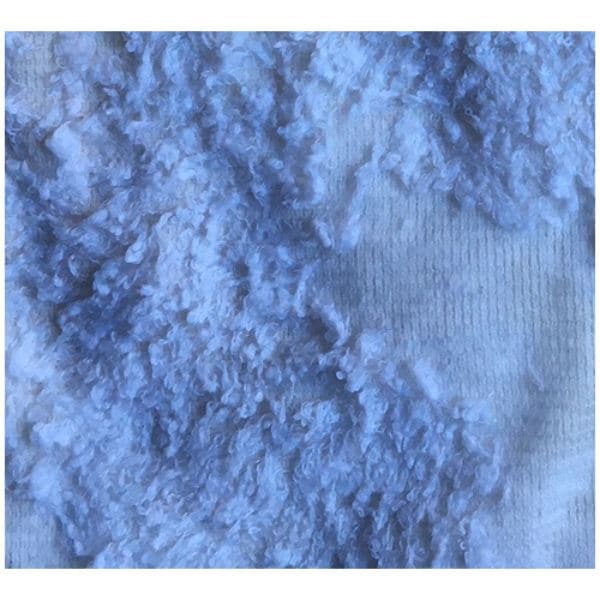 |
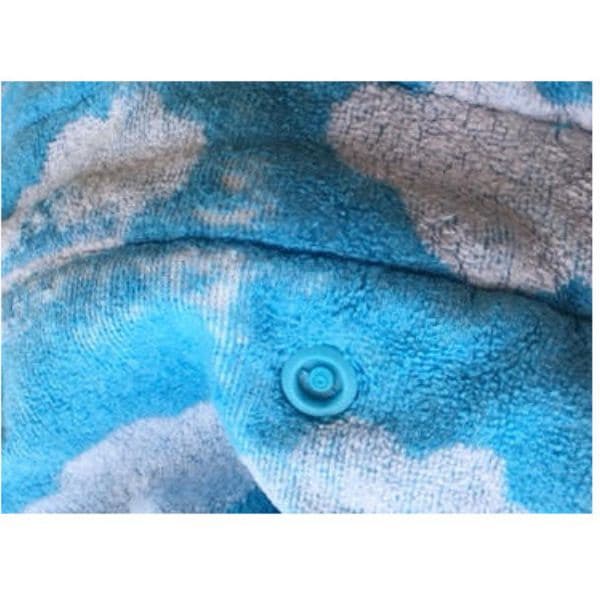 | 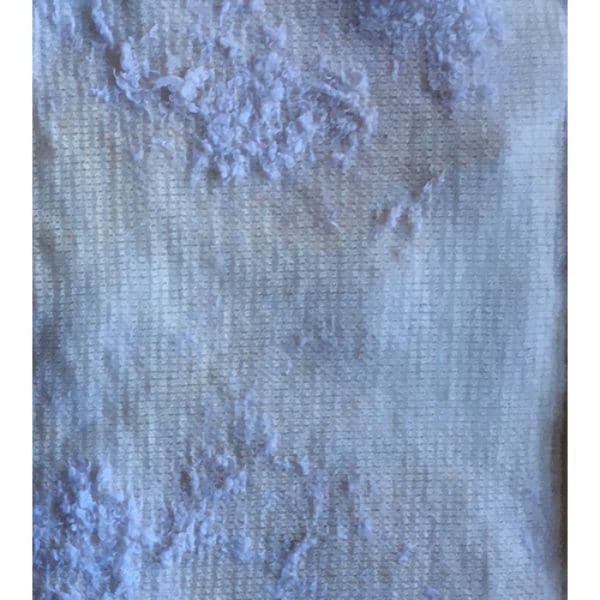 |
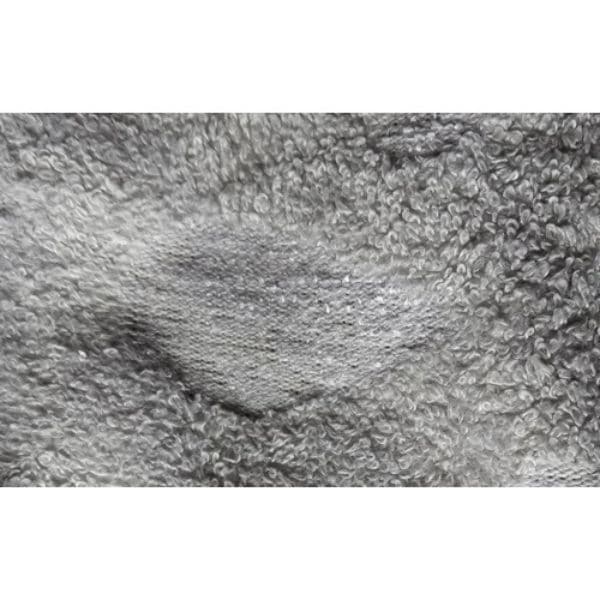 |
